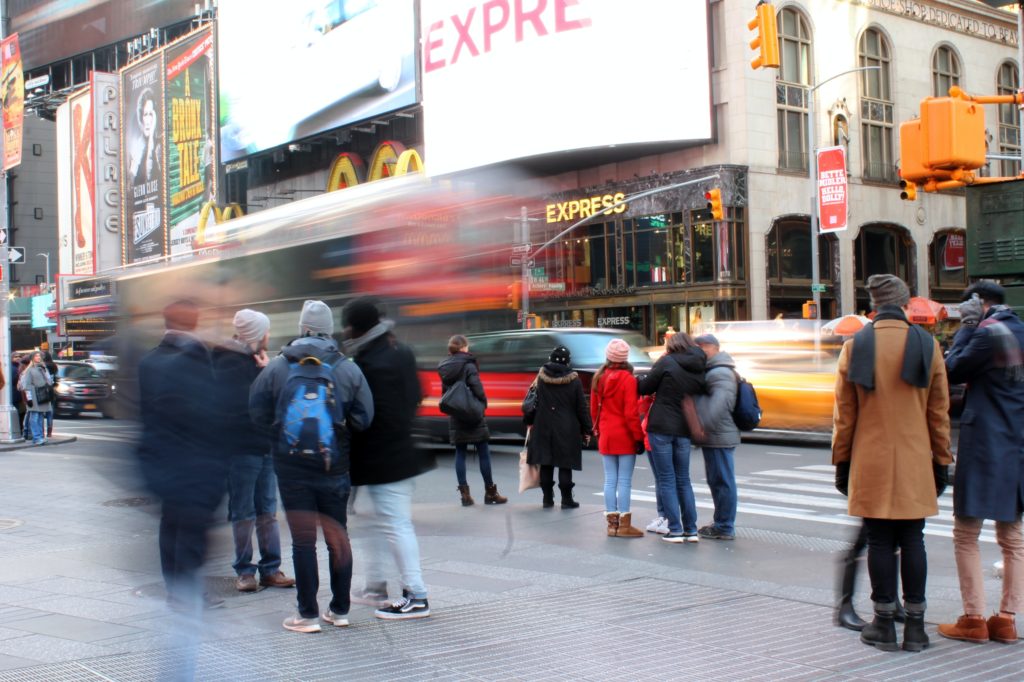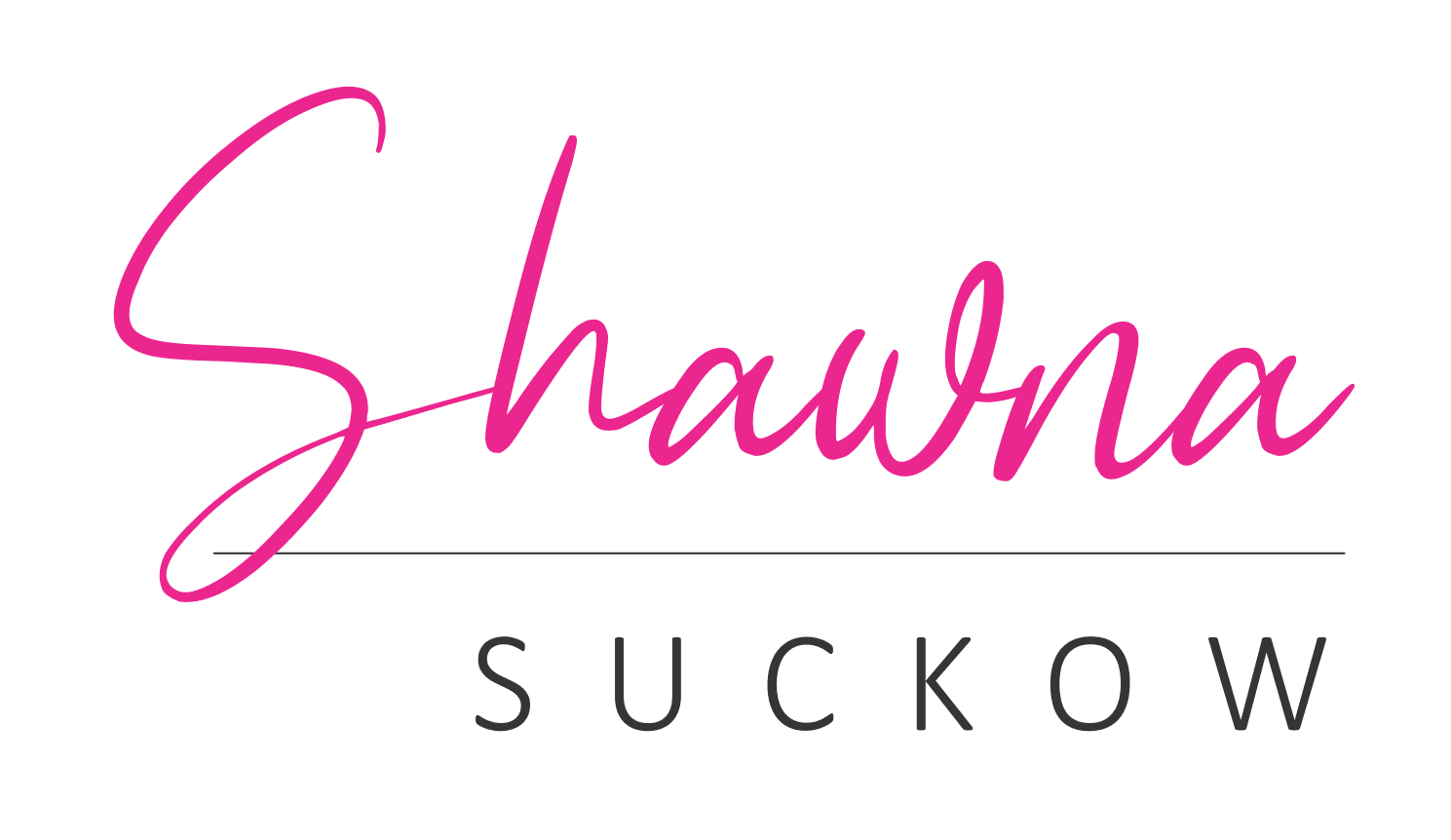Welcome back, my lovelies! The public health emergency may have ended, but that doesn’t mean the effects of the pandemic are gone. Today, I’m going to be sharing how consumer behavior during the pandemic and what actions you can take to keep your business thriving through marketing. In a world where change is the only constant, the pandemic served as a catalyst for an unprecedented shift in consumer behavior. As we navigate this dynamic and constantly shifting madness, understanding the intricate nuances of how and why these changes have taken place becomes pivotal for businesses aiming to stay relevant.
The Times Square Metaphor

Let’s paint a picture using Times Square as a metaphor. Imagine Times Square – a bustling hub of energy, with its kaleidoscope of lights, big buildings, sounds, and people. Now, let’s pretend that the people wandering in and out of shops and taking selfies are your prospects and customers. They are seeing the big, bright, and shiny ads all around them, giving them sensory overload. We, as business owners, represent one little pixel on one of those billboards trying to be loud and flashy to get people to notice us. In today’s marketing universe, unless you have a billion-dollar marketing budget, shouting the same message any louder isn’t going to get you far. Don’t get freaked out, because now we’re going to talk about what has changed with consumer behavior and what you can do about it.
The Shift
The pandemic didn’t just flutter in like a passing breeze; it bulldozed its way into our lives, triggering a seismic shift of epic proportions. Picture it as tectonic plates of our daily existence colliding head-on, creating a metaphorical earthquake that shook our thoughts, values, and behaviors to their very core. The traditional office structure experienced a revolution as remote work and hybrid models became the new norm. The home, once a place of rest, suddenly turned into a multipurpose arena for both work and leisure. This shift not only changed how we live but how we perceive the boundaries between professional and personal domains.
However, among the myriad changes that swirled in the pandemic’s wake, a true transformational darling emerged – the profound shift in the way we communicate. The era of buzzwords and corporate formalities crumbled like an outdated script as consumers hungered for real, unscripted conversations. This was the rise of the “BS O-meter,” a finely tuned radar that consumers activated to instantly detect any hint of insincerity. In a world saturated with content, it became clear that the real power lay in being genuinely human.

This authenticity mandate didn’t just revolutionize marketing; it rewrote the entire playbook. It demanded that businesses shed their suits and step into comfortable conversational attire. As the demand for authenticity continues to amplify, businesses must embrace a new language – one that speaks from the heart, not from a script.
How We Move Forward
Adapting to this transformed consumer landscape requires understanding and addressing three core challenges:
1. Standing Out
To truly captivate the modern consumer, businesses must master the art of storytelling. A well-told story evokes emotions that transcend the transactional; it forges a bond founded on shared experiences, aspirations, and vulnerabilities. Through stories, brands can showcase their authenticity, their journey, and their mission, creating a sense of kinship with their audience.

2. Building Trust
In this era of skepticism, businesses have been presented with both a challenge and an opportunity – the challenge to rebuild trust and the opportunity to do so through the flare of transparency and authentic communication. The brands that shine the brightest are those that lay their cards on the table, showing the world what they stand for and how they stand apart.
3. Being Memorable
Similar to the first point, rather than telling one story, make sure you are creating a mosaic of different stories. By doing so, you’re acknowledging the individuality of each segment, validating their experiences, and speaking directly to their hearts. It’s like hosting a gallery where every visitor finds a piece that resonates with their soul. These stories are more than just narratives; they’re emotional connectors that bridge the gap between your brand and your audience.

To sum it all up, you need to become a master storyteller. Storytelling is no longer just a soft skill; it’s a strategic imperative. By sharing stories that highlight the impact of your product or service on individuals’ lives, you can engage consumers’ emotions. These stories can showcase the solutions you provide, the values you uphold, and the community you foster. This emotional connection sets the stage for building trust and ultimately driving purchasing decisions. As we continue to adapt and learn from these changes, businesses that prioritize genuine connections and value-driven narratives will find themselves well-positioned to thrive in this new era of consumer behavior.
If you want to read more about building your story mosaic, check this blog out next!


Recent Comments